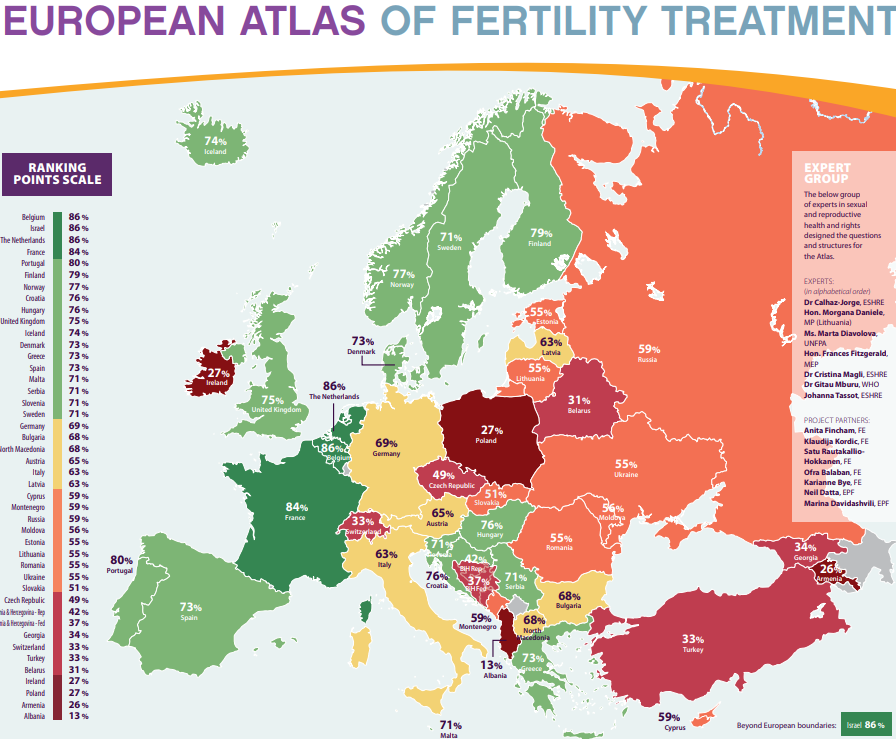European Atlas of Fertility Treatment Policies
23 definitions
- Invisible Cage , Predictive Policing
- Thucydides’ Trap
- Marine Heatwaves , Mass Mortality Events
- Global Gateway , Brussels Effect , Human-centric Digital Economy
- Value-based foreign policy , Club governance
- Austria’s New Whistleblower Act
- Fractional Orbital Bombardment System
- Socially Distanced Diplomacy
- Cyber-authoritarianism
- Regional Clean Hydrogen Hubs
- Bridging-based Ranking
- Biodiversity Finance
- Nature-positive Financial Sector
- Net-Zero Political Economy
- Hopeium
- Paris Club
- Agile Governance
- BiodiverCities
